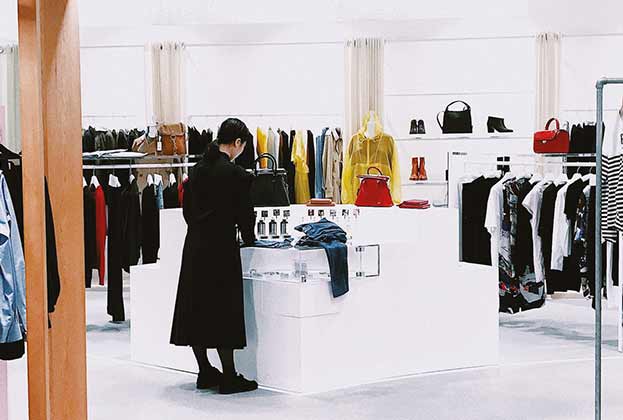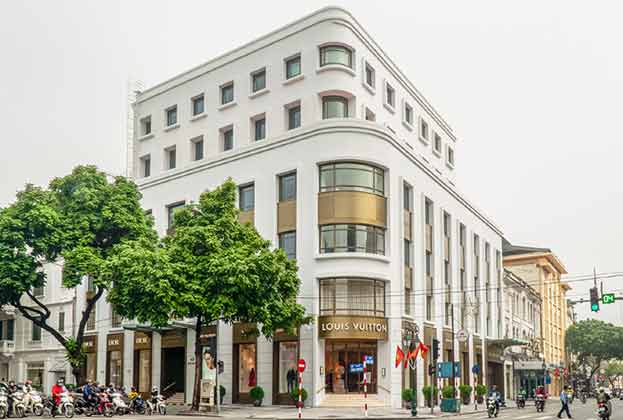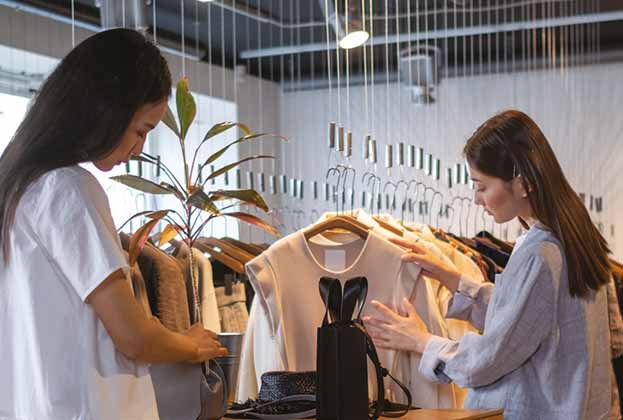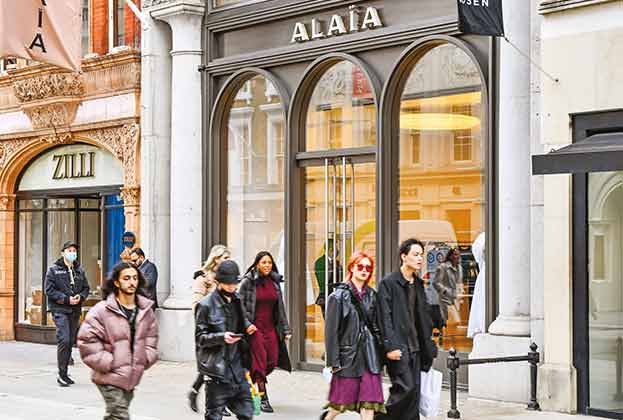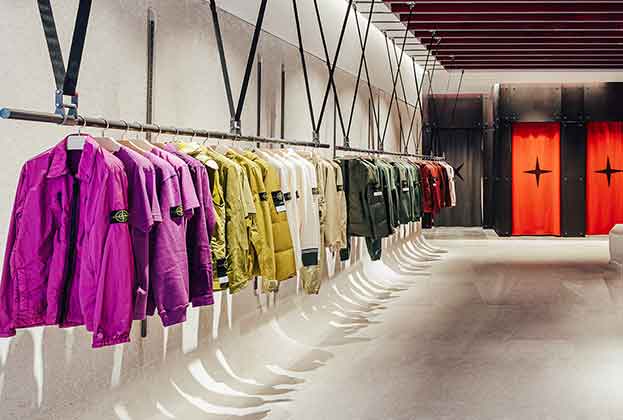The focus on major domestic markets will be the key trend shaping physical luxury retailing in 2022. However, there are several other trends shaping the wider luxury space that will also have a bearing on physical retailing
1. ESG moving up the agenda
Rising importance of ESG will require landlords to address the efficiency of their real estate as well as present new occupiers
A number of luxury brands already have climate commitments in place and, in some cases, these may become more ambitious going forward. While existing targets and commitments tend to be focused on supply chains, where the challenge is the most acute, we could see these commitments start to shape store portfolios.
To date, environmental performance of a building has had little to no impact on store selection. Rather, the biggest determinants of site selection are unit specifics and profile of the location. As a result, there has been relatively little focus on ‘greening’ stores. We expect this will change. Brands have already started to address environmental performance as part of their fit-out, and where they are the owners, addressing it through extensive building refurbishments. Occupiers are likely to become more demanding of their landlords in terms of the environmental performance of their stores and of their ESG aspirations, something that is becoming increasingly common in the office sector.
The rising importance of ESG is also generating new luxury segments and occupiers. The growth in luxury resale is supported in part by rising consumer awareness around sustainability. Considering the level of funding activity seen in this space some of these resale platforms will look to establish physical stores. In addition, we are seeing the emergence of new sustainability-focused brands that will also look to take stores.
2. Online and physical to become increasingly interconnected
It is already well understood and appreciated that luxury online and physical platforms need to work together to drive sales. Considering the growth in online during the pandemic, the role of the store in showcasing products and delivering a luxury experience, to the benefit of both in-store and online sales, is likely to be even more important. For example, brands have harnessed their physical spaces for social media content, others experimented with live stream shopping events and/or personalised video shopping during the pandemic.
But, we are also seeing the online world deliver new luxury store requirements. As already highlighted, the growth in luxury resale could see some online platforms move into physical retailing. The much talked about metaverse will also generate new occupiers for luxury destinations. For example, we have seen NFT art galleries, exclusively operating in the metaverse, start to establish physical galleries in several luxury destinations around the world. Miami based NFT gallery Blackdove opened Miami’s first physical art gallery in the city’s design district in 2021, an area that is also home to a number of luxury brands. We explore what the metaverse means for luxury and physical retailing in more depth opposite.
3. Brand elevation and decline in wholesale to deliver new types of luxury occupiers and store requirements
Luxury brands have been pursuing more direct sales control for several years by reducing wholesale distribution. Bain & Company estimate that wholesale accounted for 51% of personal luxury goods sales in 2021, down on its 60% share in 2019. In 2010 it accounted for 72% of sales. This reduction in wholesale has seen brands expand and develop their own monobrand stores and online channels, which we expect will continue.
This shift away from wholesale is also being seen in some parts of the non-luxury market, helping to support brand elevation, a common trend amongst brands such as Nike and Adidas. The blurring of these brands with streetwear, which itself has become blurred with luxury, alongside collaborations with names such as Louis Vuitton, Prada, Alexander Wang and Balmain has further elevated these brands.
To date, we have not seen streetwear brands or global sports brands look to establish stores directly in core luxury pitches. However, in some markets, we have seen increased proximity, with these brands gravitating towards luxury areas, a trend we expect will continue.
The metaverse, an opportunity or threat to physical luxury destinations?
The appeal of owning virtual products has grown exponentially in recent years, presenting retailers with opportunities to generate additional revenues with Morgan Stanley forecasting that the virtual luxury world could be worth $50 billion by 2030. While the metaverse (the decentralised, virtual universe) is still being developed, luxury brands are already generating virtual product sales. Within the gaming universe, Burberry sold playable Non-Fungible Tokens (NFTs*) on Mythical Games generating almost $400,000 in sales. Balenciaga released avatar outfits in collaboration with Fortnite (see image below), while Gucci’s pop-up on Roblox sold virtual bags for up to $4,000.
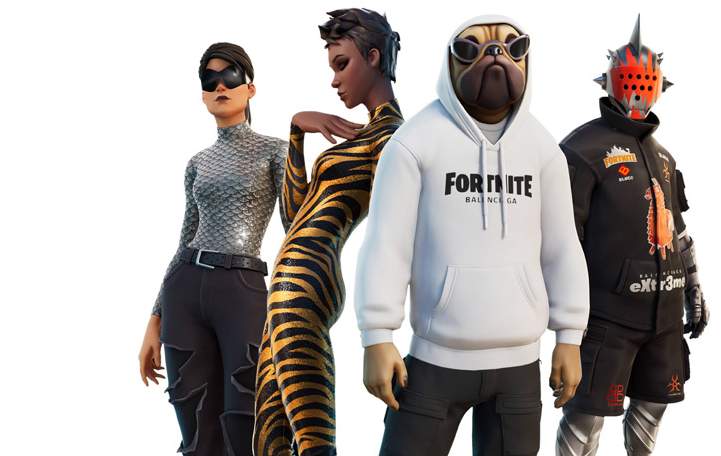
Balenciaga x Fortnite collaboration
The gaming world is not the only route to the virtual market, with digital marketplaces also selling virtual luxury goods. Dolce & Gabbana, for example, sold a nine-piece collection on curated NFT marketplace, UNXD, for $5.7 million. Roksanda created a number of virtual dresses that were directly available via the brand’s website, the first to sell NFTs direct.
There are several obvious benefits for brands. The metaverse presents an additional income stream, both at the initial point of sale and the with the use of resale clauses (such as revenue shares for future transactions). The lack of raw materials used while developing virtual products also means it is more profitable as well as being more sustainable. It also offers brands an opportunity to connect with younger consumers.
So, will virtual luxury products replace physical luxury and diminish the need for stores? It is highly unlikely. The popularity of luxury brands within the virtual world is owed to their real-world appeal. Hence, if a retailer’s real-world relevance weakens, their virtual appeal will similarly diminish.
Meanwhile, some brands are merging the physical and virtual worlds. For example, acquiring a Dolce & Gabbana DGFamily Box will unlock both digital and physical benefits, including exclusive product releases and experiences.
The gap between virtual and physical product is also likely to diminish, as brands begin trialling designs to online audiences, with successful designs potentially leading to real-life product lines.
Once the metaverse is fully developed it will provide luxury brands multiple platforms to grow consumer engagement whilst unlocking new revenue opportunities, but not to the detriment of physical luxury.
*NFT definition: a non-fungible token, or a unique virtual asset (which can be anything from clothing designs to music) of which its ownership and authenticity are verified via blockchain.
Read the other articles within this publication below
.jpg)
